Just a heads-up—nothing here is sponsored! If you’d like to support Inter-Work, becoming a paid subscriber helps keep it going and ensures future posts stay accessible. Your support truly means the world—thank you! And if you're a brand interested in sponsoring a post, feel free to reach out at nobodyknowsstudio.com
I was scrolling Instagram last night when I saw Drew, the founder of Margin, share a Facebook Marketplace listing: an empty Aesop bottle. The price? $20.
At first, I laughed—because honestly, I got it. I’ve definitely kept an empty Aesop bottle and refilled it with whatever soap I could find until I could afford the real thing. My first Aesop experience wasn’t even something I bought. I was subletting an apartment from someone who worked at Aesop’s HQ, and the place was fully stocked. Every product, perfectly lined up. It felt like a glimpse into a lifestyle I wanted but hadn’t yet earned.
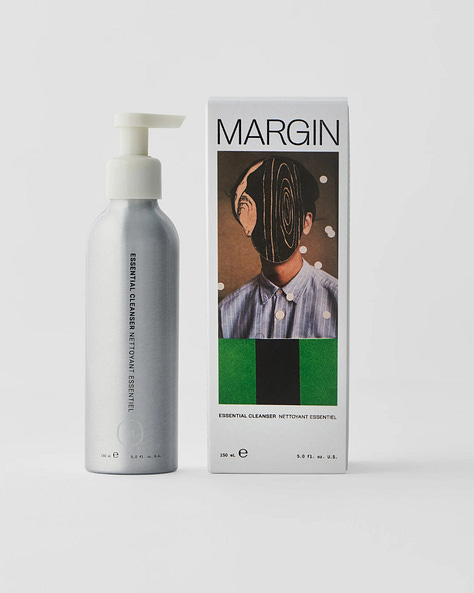
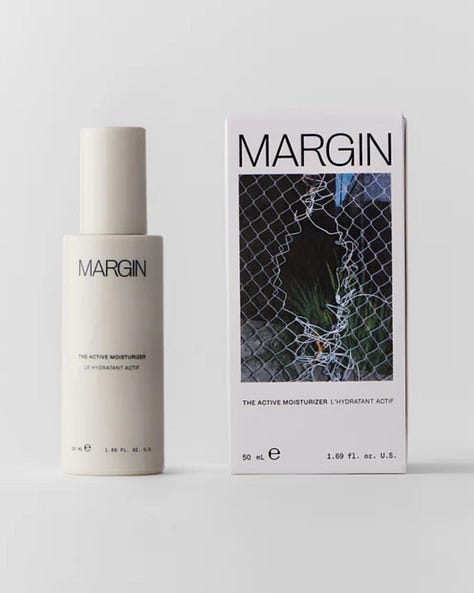
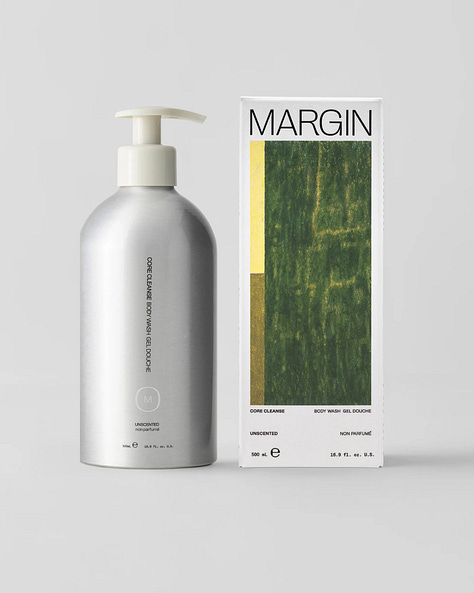
But what really caught my attention wasn’t just the listing itself—it was the fact that Drew posted it. The brand he built, is all about efficiency, minimalism, and high-performance essentials. Their entire ethos revolves around function over excess, stripping away the unnecessary to create biotech-driven skincare that condenses multi-step routines into clinically backed essentials.
And yet, here was an empty bottle—a product with no function left—being sold purely for what it represented.
It’s almost poetic. The irony? Even when the product is gone, the branding remains valuable.
Because in today’s world of curated aesthetics and subtle status symbols, it’s not about the soap.
It’s about the bottle.
Taste as Currency
Aesop’s design is instantly recognizable—brown apothecary-style bottles, minimalist fonts, monochromatic labels. It doesn’t scream luxury; it whispers it. And even when empty, the bottle still holds power. It’s not just packaging—it’s decor. And decor, in today’s landscape, is a form of social signalling.
I’ve seen these bottles everywhere—perched on the sinks of boutique hotels, in the bathrooms of friends who get it. You know the ones: the Byredo candle, the Le Labo fragrance, the Binu Binu incense, the Flamingo Estate coffee table book. There’s a specific language of taste at play, and Aesop is fluent in it.
Even their boutiques feel like design statements. Whenever I travel and want to get a sense of a “trendy” area, I literally pull up Google Maps and search for Aesop—because I know where there’s an Aesop, there’s usually a whole ecosystem of taste around it.
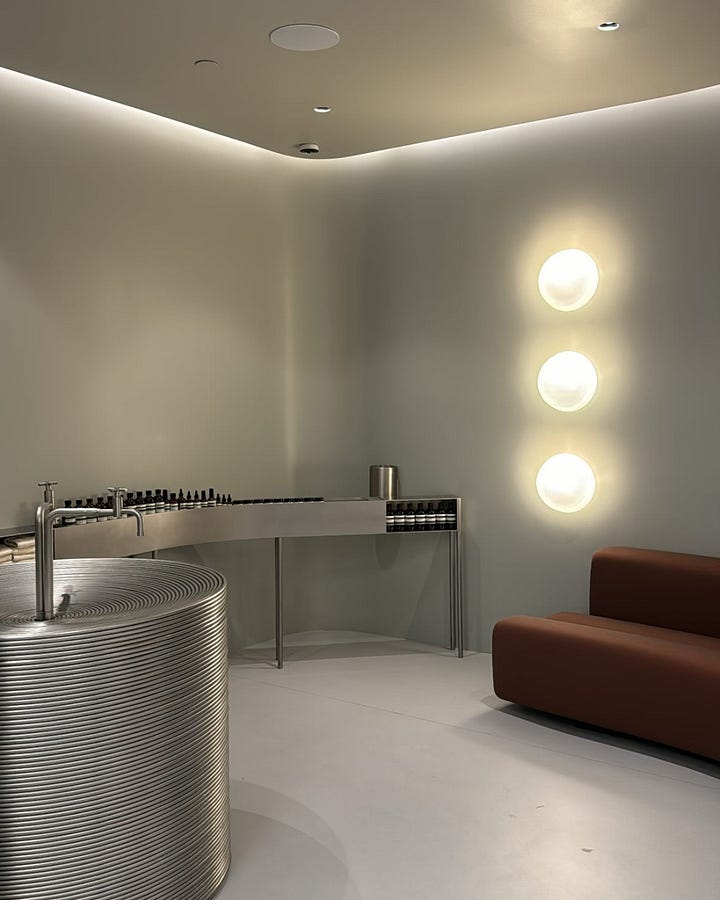
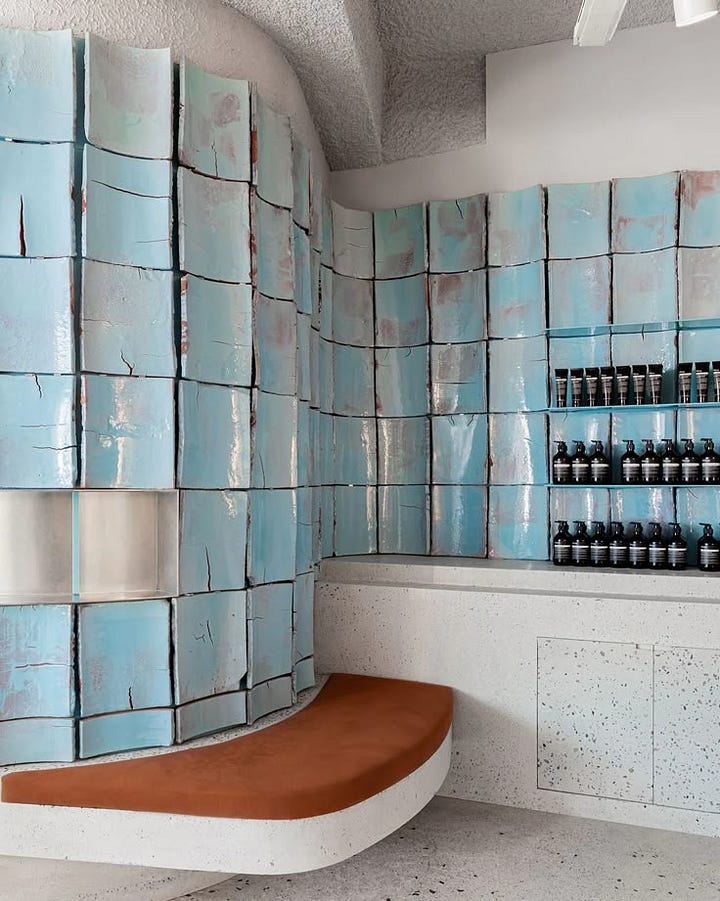
Because modern luxury isn’t about obvious wealth anymore. It’s about discretion—the if you know, you know signals. It’s about what you collect, display, and post. And in this new economy, taste is currency.
Which is why people will pay $20 for an empty Aesop bottle. Because it’s not about what’s inside.
It’s about what owning it says about you.
The Untapped Potential of Aesop’s Empty Bottles
If an empty bottle holds this much staying power, why hasn’t Aesop leaned into it more?
Imagine a limited drop of permanent, refillable vessels—designed in collaboration with an industrial designer or ceramicist. Four core pieces: a hand wash, body cleanser, lotion, and shampoo. Something you want to keep forever. A bottle that ages beautifully, where refilling is the ritual.
Luxury today isn’t just about owning something—it’s about participating in a ritual. Aesop already sells the experience of washing your hands as a moment of pause, a small indulgence in an otherwise chaotic day. Imagine if that ritual extended to the bottle itself—something designed to age beautifully, evolving alongside its owner. A statement piece, but also a practice in longevity. Like an aged copper vessel of some sort?
From a brand perspective, it would make sense. From a business one, even more. Less waste, more intentionality, an even deeper immersion into the Aesop universe. Instead, we’re all out here refilling plastic bottles, stretching their lifespan well beyond what the brand ever intended.
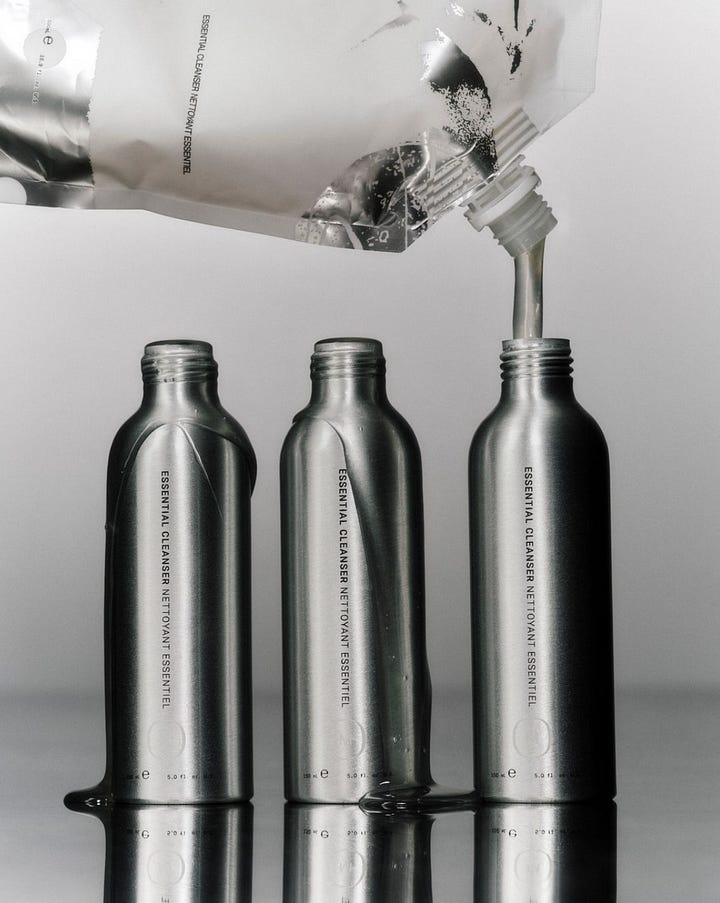
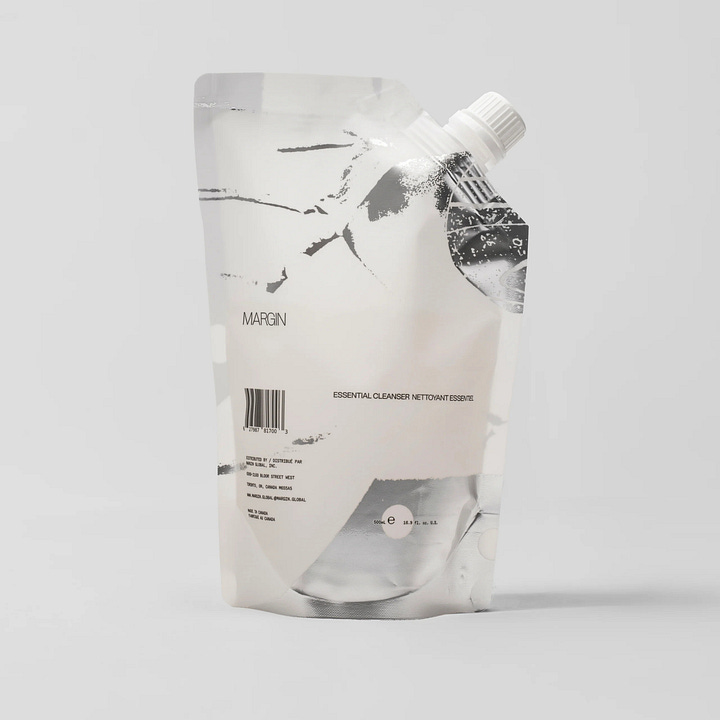
It’s why I appreciate how Margin is already executing this ethos. Their cleanser isn’t just well-formulated—it’s designed to be refilled. The packaging is built to last, reinforcing the idea that good design isn’t disposable. It’s a small shift, but one that signals a larger change in consumer expectations—where the vessel is just as considered as what’s inside.
Branding Beyond the Product
We live in a design-obsessed culture where even an empty object can hold meaning. Aesop figured that out early. They don’t just sell soap—they sell taste, status, and a lifestyle.
Scarcity creates value. The Aesop bottle, once emptied, becomes even rarer—not just a product, but a relic of taste. It’s the same psychology that makes limited-edition drops so appealing: we don’t just buy things, we collect them. And collections, no matter how mundane, tell a story about who we are.
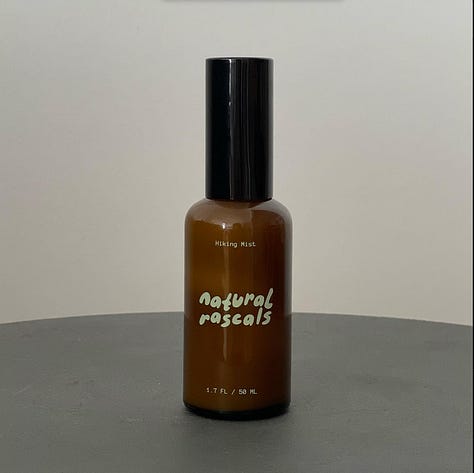
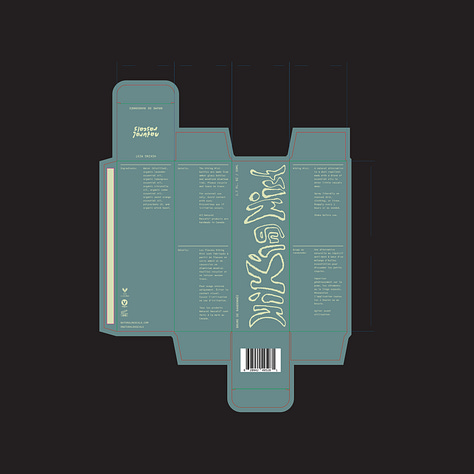
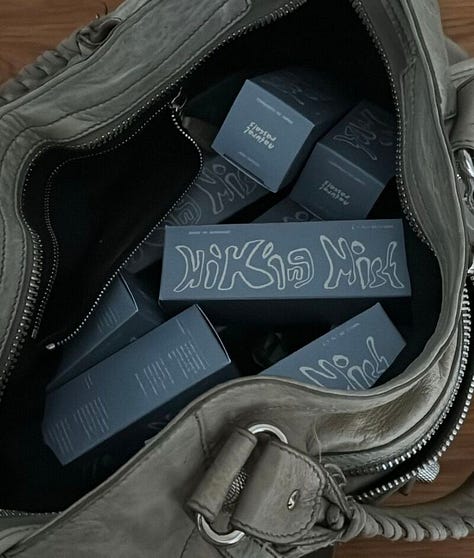
It’s something I thought about while building the brand identity for Natural Rascals. I didn’t want to create just another bug spray—I wanted to create something that belonged. Something people would leave out on their countertops, not shove into a drawer. That’s why I chose an amber bottle, subtly nodding to the aesthetics of Aesop, Le Labo, and the objects people already cherish. Because the best-designed products aren’t just used—they’re displayed.
Because in a world where branding can transcend utility, aesthetics can outweigh function, and even emptiness can carry worth—what’s another bottle on the shelf?
If we’re willing to pay for the illusion of taste, then maybe the real product isn’t what’s inside the bottle.
Maybe we’re the product.
Let’s stay connected EVERYWHERE :)






I will absolutely be looking up Aesop when visiting a new place going forward.
Thank you for sharing! Loved reading this.